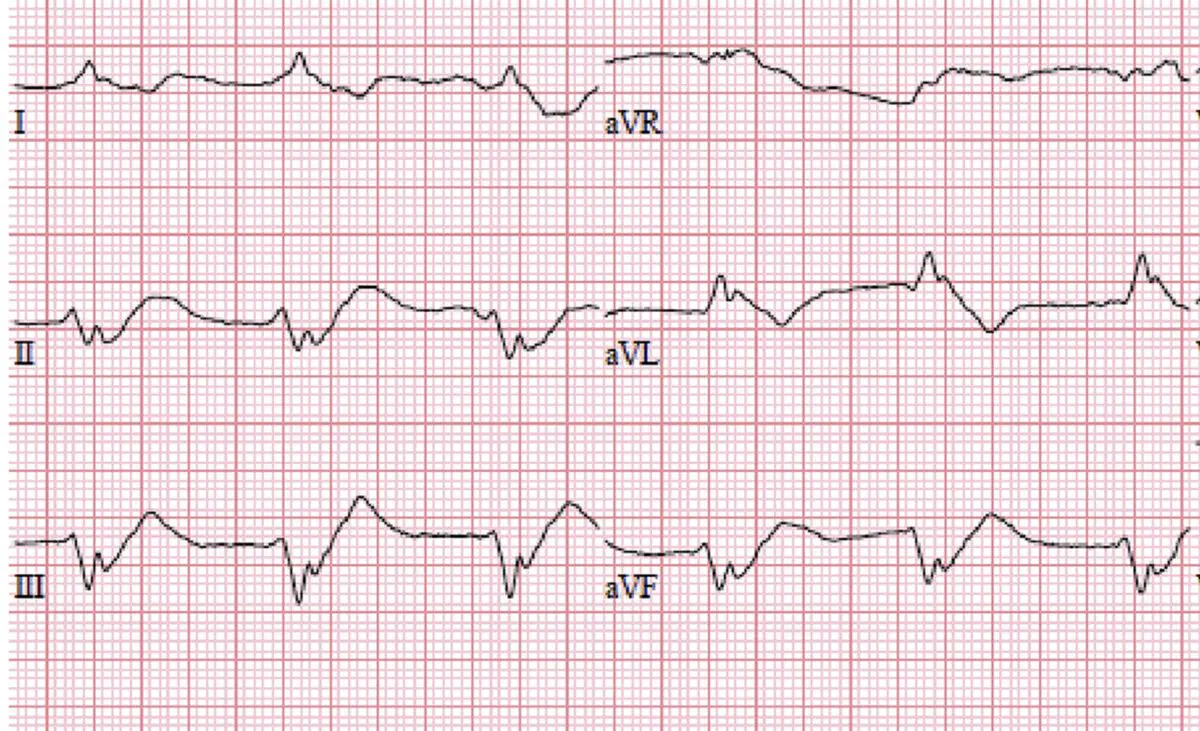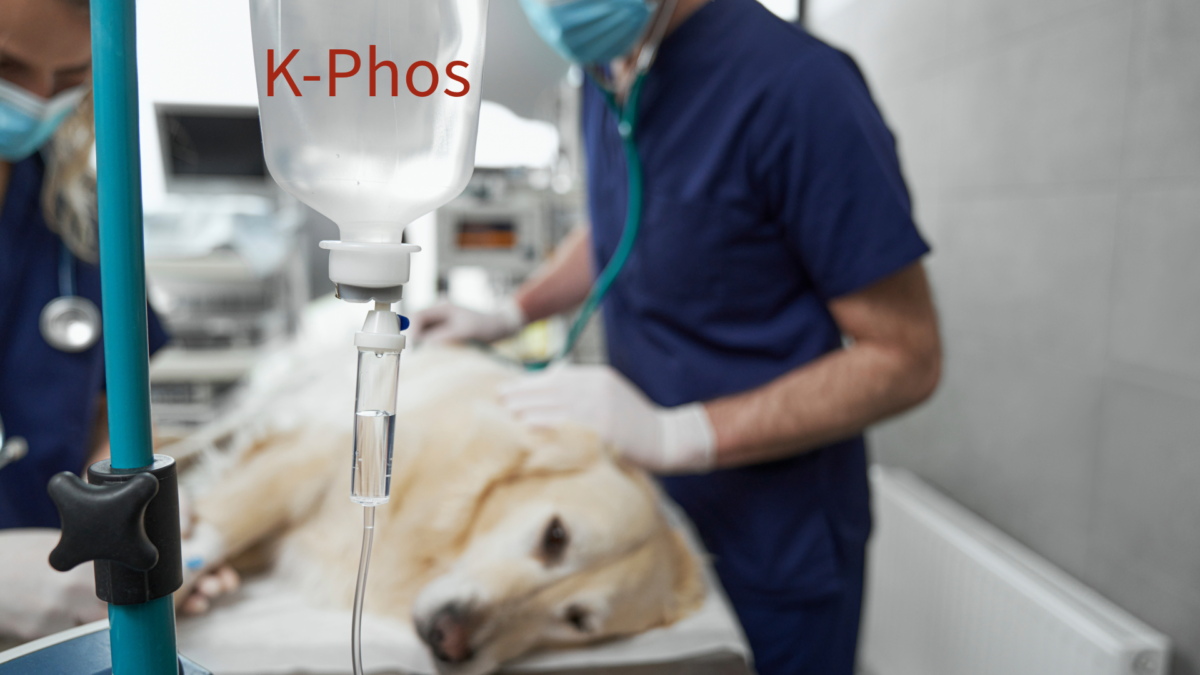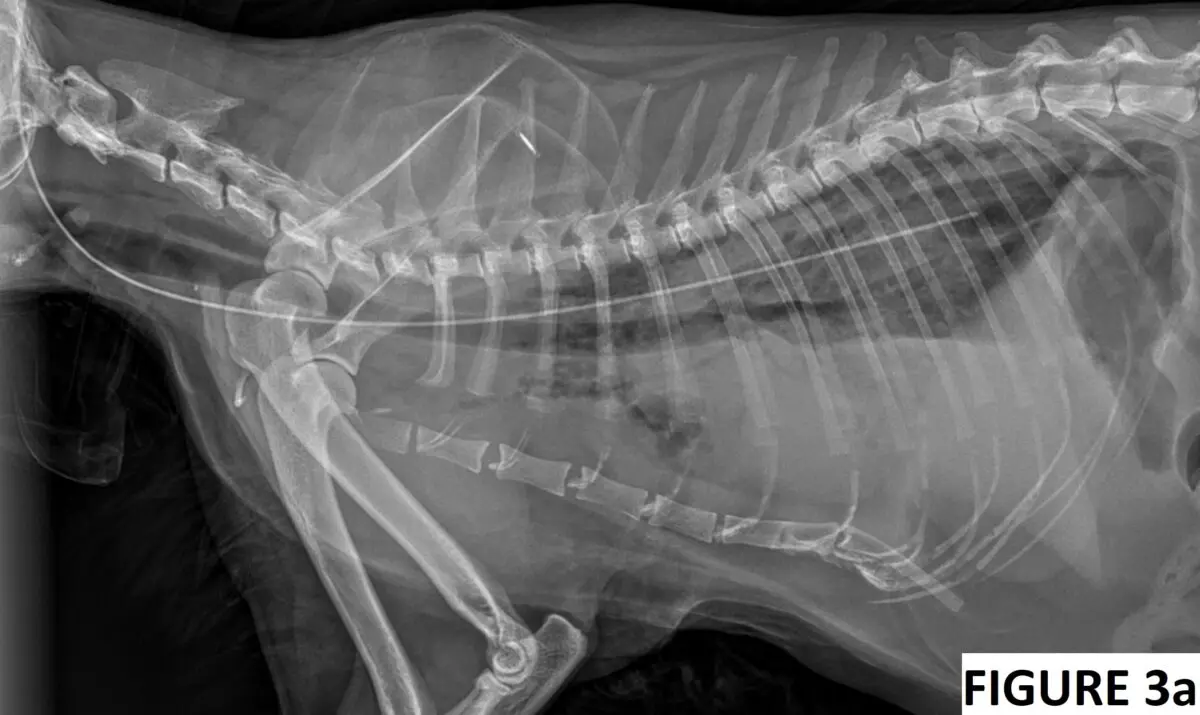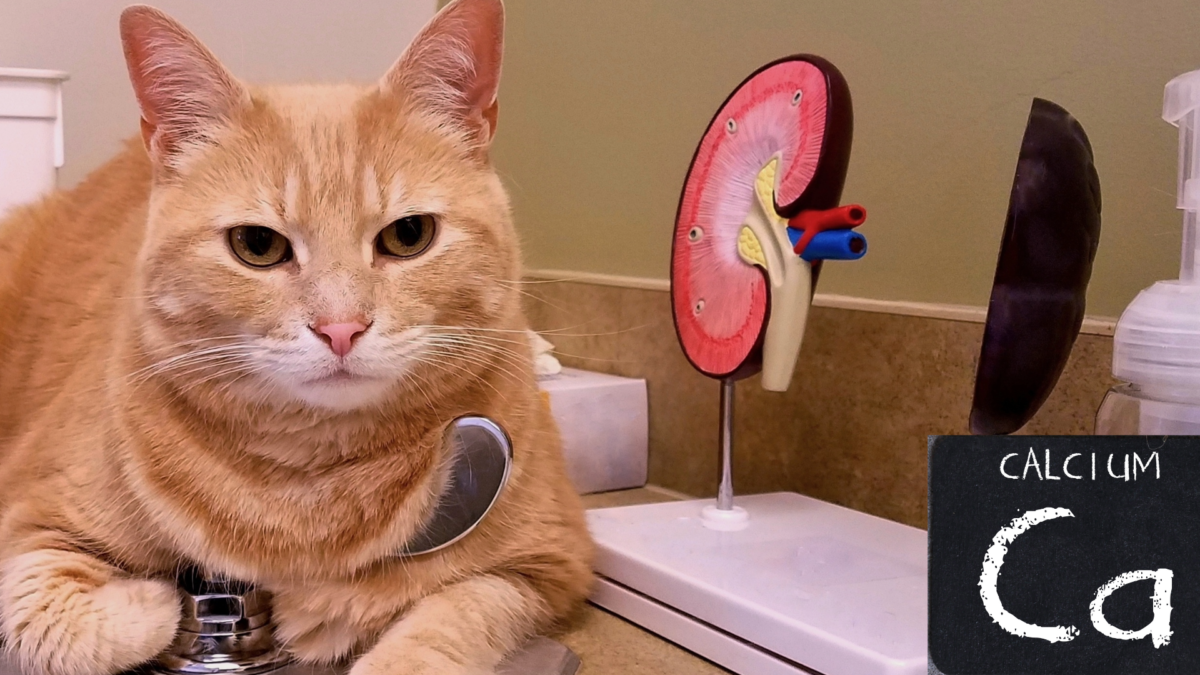Hyperkalemia has been reported as a complication of general anesthesia in systemically healthy animals with normal renal function. Several case reports and case series are summarized in Table 1. Upon reviewing the literature, several distinct patterns and interesting observations are worth discussing. Some of these observations may be relevant to veterinary practitioners and technicians dealing with anesthetized animals or managing their post-anesthetic recovery.
Continue reading “Hyperkalemia Associated with General Anesthesia in Dogs and Cats”Author: Igor Yankin
Intravenous phosphate supplementation in dogs and cats
In animals and humans, phosphorus plays a crucial role in the synthesis of several compounds that are vital for maintaining cellular membrane integrity, energy stores, metabolic processes, and biochemical messenger systems. These compounds include ATP, guanosine triphosphate, cyclic adenosine monophosphate, and phosphocreatine (Yanagawa et al. 1994; DiBartola et al. 2012). Phosphate is a molecular anion that contains phosphorus. Approximately 80-85% of phosphate resides in the bone and teeth as inorganic hydroxyapatite, 14-15% in soft tissues, and less than 1% in the extracellular space (Yanagawa et al. 1994; DiBartola et al. 2012). The body and plasma contain both organic and inorganic phosphates, though blood chemistry analyzers measure only inorganic phosphates.
Continue reading “Intravenous phosphate supplementation in dogs and cats”Is it possible to misplace an esophagostomy tube into the mediastinum?
An approximately 9-year-old domestic long-haired neutered male cat was presented to his primary veterinarian for evaluation of decreased appetite, possible oral pain, and difficulty chewing food. The cat had previously undergone splenectomy and was diagnosed with a disseminated mast cell tumor that was controlled by palladia and prednisolone.
Continue reading “Is it possible to misplace an esophagostomy tube into the mediastinum?”Decoding Calcium Levels in AKI Cases
A 3-year-old castrated male domestic shorthaired cat was presented to the emergency service for evaluation of acute severe lethargy, anorexia and vomiting. He has been strictly outdoors and was previously in good health. His last annual examination and blood work were performed 2 weeks ago, and they were within normal limits.
Today, his physical examination showed a body temperature of 97F (36.1C), heart rate of 140 beats per minute, respiratory rate of 44 breaths per minute, stuporous mentation, poor femoral pulses, pale pink mucous membranes, unkempt haircoat and dehydration of at least 7-8%. An ECG, venous blood gas, and thoracic/abdominal point-of-care ultrasound (POCUS) were performed during the primary survey as the intravenous catheter was being placed.
Continue reading “Decoding Calcium Levels in AKI Cases”LRS vs Citrate: Friend or Foe?
Imagine having a patient who needs simultaneous administration of a citrated blood product and Lactated Ringer’s solution (LRS), but there is only one available peripheral catheter.
Can you administer citrated donor blood or plasma and LRS at the same time?
Conventionally, this practice is discouraged because LRS is a calcium-containing fluid that may be incompatible with citrate due to the risks of calcium chelation and clot formation. Once LRS exceeds the chelating capabilities of the citrate in the stored blood that may result in clot formation, which makes perfect sense. However, as we all know, theory and practice are not the same in clinical medicine. Therefore, let’s explore the evidence to answer this very practical question.
Continue reading “LRS vs Citrate: Friend or Foe?”




